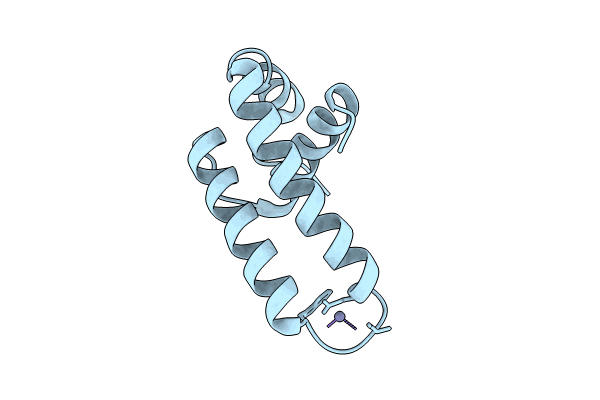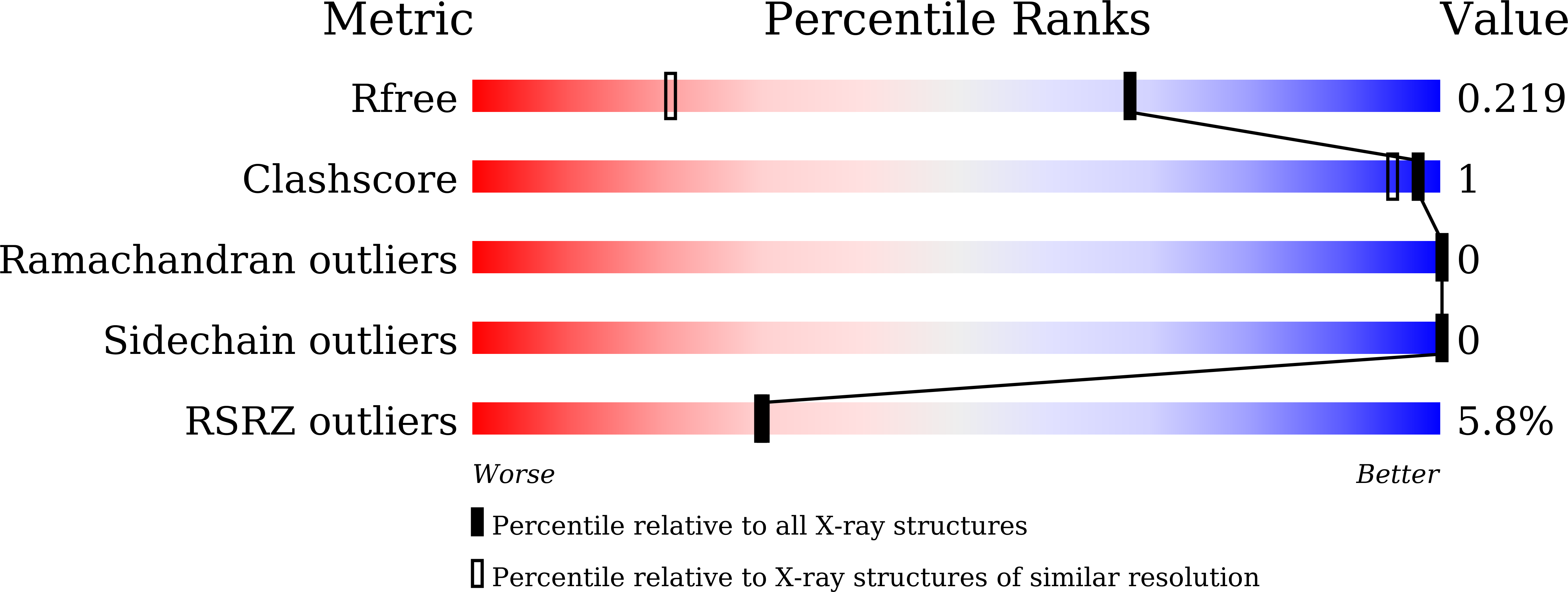
Deposition Date
2023-10-16
Release Date
2024-09-11
Last Version Date
2024-09-11
Entry Detail
Biological Source:
Source Organism:
Streptococcus phage Javan128 (Taxon ID: 2547993)
Host Organism:
Method Details:
Experimental Method:
Resolution:
1.45 Å
R-Value Free:
0.22
R-Value Work:
0.20
R-Value Observed:
0.20
Space Group:
P 41 21 2


